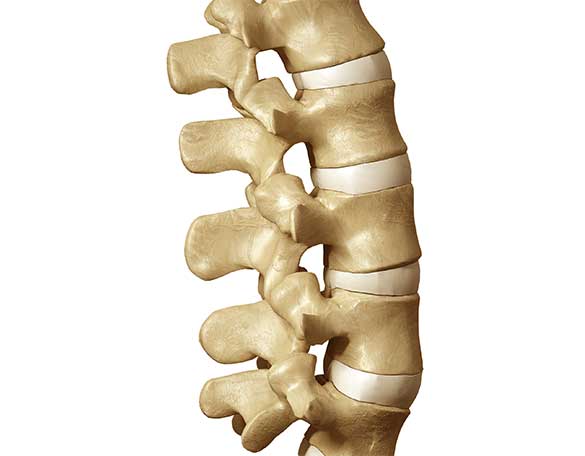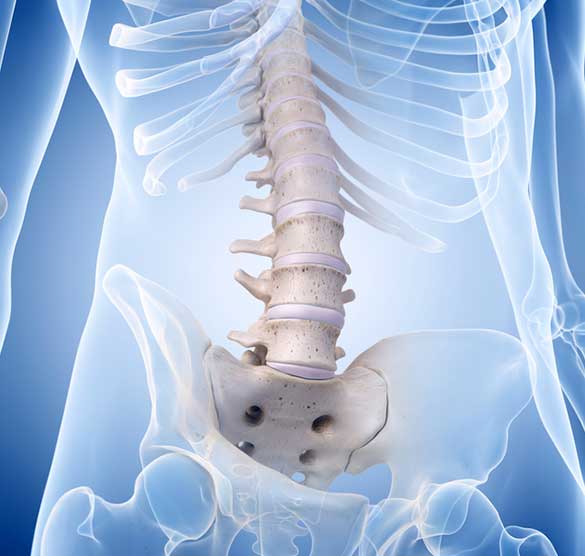
A spine surgeon in Los Angeles can help with all types of spine discomforts.
Nearly 90 percent of the population will experience back or neck pain at one time or another. Most of the time, there are home remedies, over-the-counter or prescription medications, and an assortment of physical therapy techniques and exercises that will provide sufficient relief.
- It’s usually when such treatment attempts fail to ease pain enough to improve quality of life or when pain is severe that a patient is referred to a spine surgeon in Los Angeles.
- If surgery becomes an option, there are a handful of common procedures that may eliminate or ease discomfort
CONTACT US TODAY
Spinal Fusion
The most frequently performed spine-related surgery in the United States, spinal fusion is a procedure performed to restore stability to the spine. Adjacent vertebrae are “fused” together with bone-like material and held in place in with hardware that includes screws, wires, and rods until the fusion forms and stability is restored. A spine surgeon in Los Angeles may recommend a fusion procedure after a damaged spinal disc is removed, if one vertebra has slipped forward over another one (spondylolisthesis), or when the spine has become weakened by a deformity or a severe fracture.
Lumbar (lower back) fusion may be performed traditionally from the back of the spine with options that include a transforamenal lumbar interbody fusion or a posterolateral lumbar fusion. With an anterior lumbar interbody fusion, the spine is accessed from the front. Leg or back pain related to nerve irritation may be resolved by reaching the affected area from the side with an XLIF or extreme lateral interbody fusion. Similar types of fusion surgery can be performed in the neck and upper spine areas.


Spinal Disc Removal
When the spongy discs that support and cushion the spine become damaged enough to affect nerves, part or all of the disc may need to be removed. Usually performed with fusion surgery, a discectomy is done to remove all or part of a disc. Whether the affected disc is removed from the back or front of the spine will depend on where it’s located. Traditional open discectomies are more invasive and usually only performed if there are reasons why a minimally invasive procedure cannot be safely done. With a minimally invasive discectomy performed by a spine surgeon in Los Angeles, smaller incisions are made in the back or neck and special instruments are used to guide the surgeon to the affected disc. Patients also benefit from procedures like this since there is no need to cut through muscle, which reduces the risk of complications.
Artificial Disc Replacement
A newer option with disc removal is artificial disc replacement, which involves using a synthetic version of a spinal disc to retain the stability of the spine. Artificial discs can be used in both the lower spine and cervical spine (neck). One of the main benefits of artificial disc replacement is that the full motion of the affected area of the spine is retained since a fusion isn’t usually necessary if the spine remains stable after the artificial disc is inserted.
Laminectomy
If nerve roots need more space because of conditions like spinal stenosis or scoliosis, a spine surgeon in Los Angeles may recommend a laminectomy. During the decompression procedure, the back part of a vertebra near the compressed nerve root that covers the spinal canal (lamina) is removed. Considered to be a generally safe procedure, a laminectomy is sometimes done to ease pressure on nerves affected by a herniated disc.
Foraminotomy or Foraminectomy
With both of these procedures, excessive bone and vertebral disc material is removed to create more space for compressed nerves. The procedures involve removing abnormal structures that are affecting the foraminal canal, the opening in a vertebra for nerve roots to exit the spine. A foraminectomy differs from a foraminotomy in that more irregularities are removed. Preferred candidates for this type of spine surgery are patients who’ve had back or neck pain for 3-6 months or more with symptoms that include deep, throbbing, or radiating pain extending to the buttocks, thighs, legs, shoulders, or arms.
Being referred to a spine surgeon in Los Angeles doesn’t automatically mean surgery is the only option. Some patients have better results with physical therapy and other conservative treatments once their source of pain has been accurately diagnosed. For times when surgery is performed, a spine surgeon will take the time to explain the procedure and prepare the patient for surgery and the recovery period. Since many of the procedures performed today, including fusion surgery, use less-invasive techniques, there are fewer risks for many patients. Recovery times may also be shorter for patients who respond well to surgery.




